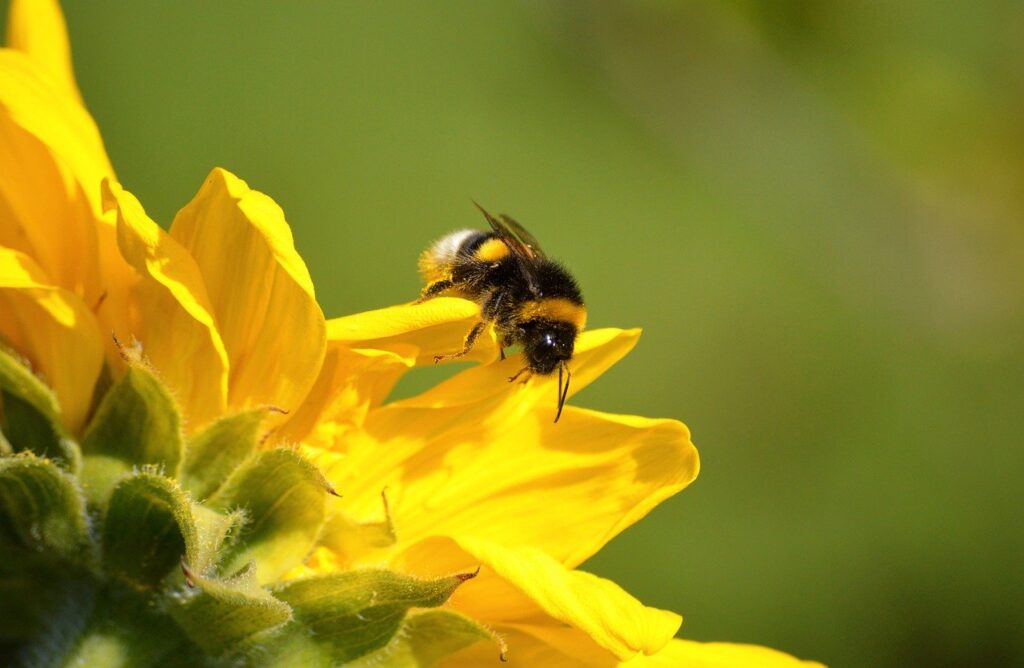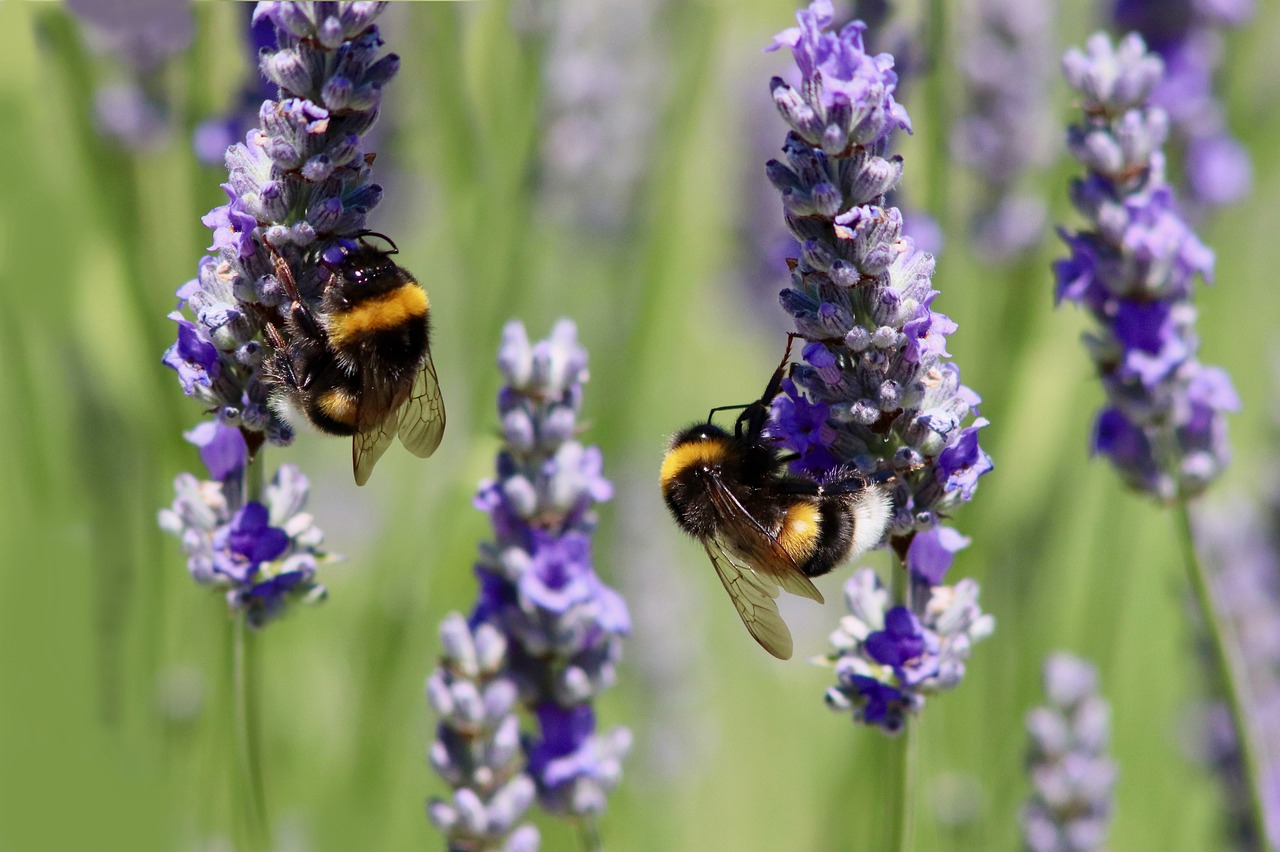The world is abuzz with concern as bumblebee populations face an existential threat due to the relentless march of global warming. Recent research led by the University of Guelph in Canada has shed light on the perilous conditions bumblebees are facing, urging immediate action to safeguard these crucial pollinators.
Bumblebees, diverse in species and ubiquitous across various climates, have long exhibited a preference for nest temperatures between 28 and 32 degrees Celsius (82-90 degrees Fahrenheit). However, as temperatures soar beyond this threshold, reaching 36 degrees Celsius (97 degrees Fahrenheit) or higher, bumblebee colonies face dire consequences. The reproductive capabilities of these vital insects are compromised, jeopardizing the very survival of their colonies.
Dr. Peter Kevan, an environmental scientist at the University of Guelph and lead author of the study, emphasizes the gravity of the situation. He highlights that the decline in bumblebee populations can be attributed to overheating of nests and broods, with nest temperatures above 35 degrees Celsius proving lethal despite the bees’ remarkable capacity to thermoregulate.
The findings underscore the urgent need for concerted efforts to address the impact of climate change on bumblebee populations worldwide. While the correlation between rising temperatures and declining bumblebee populations is evident, pinpointing a singular causative factor remains elusive.
The research also emphasizes the concept of bumblebee colonies as “superorganisms,” where the collective health and survival of the colony outweigh the resilience of individual bees. High nest temperatures not only jeopardize individual bees but also compromise the viability of new offspring, thereby threatening the entire colony’s future.

Furthermore, the study highlights the interconnectedness of various bumblebee species and their shared vulnerability to rising temperatures. Despite their ability to adapt to some extent, the escalating challenges posed by global warming may exceed the bees’ capacity for resilience.
The urgency of the situation cannot be overstated. As global temperatures continue to rise at an alarming rate, immediate action is imperative to mitigate the impact on bumblebee populations. Efforts to curb greenhouse gas emissions, preserve bumblebee habitats, and promote sustainable practices are paramount to safeguarding these invaluable pollinators and the ecosystems they inhabit.
However, addressing the threat to bumblebees requires a multi-faceted approach. In addition to tackling climate change, it is crucial to address other threats such as pesticides and habitat loss. Without swift and decisive action, the decline of bumblebee populations could have far-reaching consequences for global ecosystems and food security.
In conclusion, the research serves as a clarion call for action to protect bumblebee populations from the ravages of climate change. It is a reminder that the fate of these vital pollinators is intricately linked to our own, and only through collective efforts can we ensure a sustainable future for both bumblebees and humanity.



